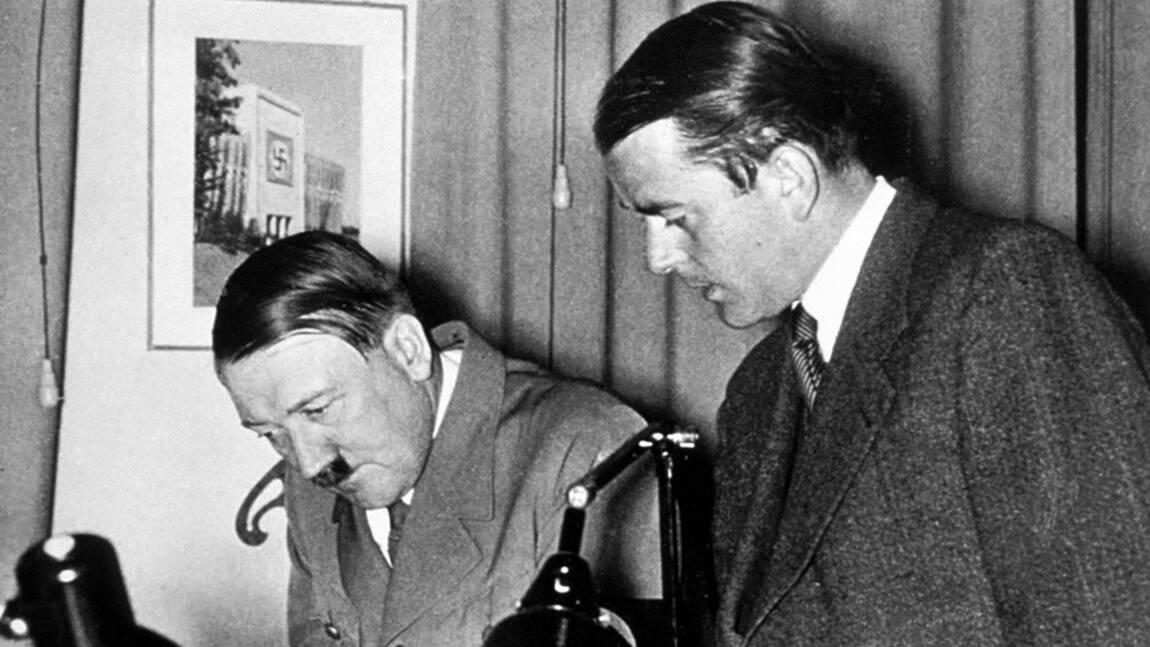Hitler's chief architect: Who is Albert Speer?
A successful architect with modern views, one of the first to join the National Socialist German Workers' Party, and a close friend of Hitler. His two autobiographical works, written after the war as someone who was personally involved in the Nazi administration, are considered important works that reveal the functioning of the Third Reich.

Berthold Konrad Hermann Albert Speer was also the 2nd Commander of Nazi Germany. Minister of Armaments during World War II.
Hitler's chief architect, later Minister of War Industries (1905 – 1981)
Some historians have described him as "one of the most powerful and unscrupulous leaders of the Nazi regime."
Even though he was a high-ranking Nazi at the Nuremberg trials, he was not sentenced to death. This can be interpreted as his desire to contribute to the rise of 'Western civilization', which he mentioned in his defense, and convincing the court that he is one of the rare people who can really make this contribution.
Berthold Konrad Hermann Albert Speer (19 March 1905 – 1 September 1981) was a German architect who served as the Minister of Armaments and War Production in Nazi Germany during most of World War II. A close ally of Adolf Hitler, he was convicted at the Nuremberg trial and sentenced to 20 years in prison.
After the war, he spent 20 years in Spandau Prison.
He secretly wrote his memoirs for the first 8 years. In the eighth year of his sentence, Speer began to carefully measure the perimeter of the courtyard where he was pacing, in terms of steps. Then he went on an imaginary world tour from Hamburg. During this imaginary tour towards the east, he was imagining which city he would arrive at and when by counting his steps. He used travel books and travel guides to describe the environment and people in the cities he arrived at.
During his "walk," he goes to Istanbul through Eastern Europe, passes through Turkey, and reaches Afghanistan - India. It then goes from China to Russia and goes south along the west coast of America via the Bering Strait.
When Speer completed his sentence and was released in 1966, he had reached 35 km south of Guadalajara, Mexico, on his imaginary world tour. The total distance walked was more than 31 thousand km.
Brief summary of his life story
Albert Speer, a high-ranking Nazi official and one of Adolf Hitler's closest friends, studied architecture. He met Hitler at a Nazi meeting held in 1930. He joined the party the following year when he was twenty-six. With Hitler's support, he became one of the leading architects of his time. His most important work was the magnificent field arrangement in Nuremberg that he designed for the Nazi parade in 1933. Speer has become a symbol of the "good German" over time. He became minister of armaments in 1942. After serving a twenty-year sentence for war crimes, he wrote two books about the Nazi years. He visited London, where he developed weapons for destruction, where he had an affair with a young woman and died in a London hotel at the age of seventy-six.
